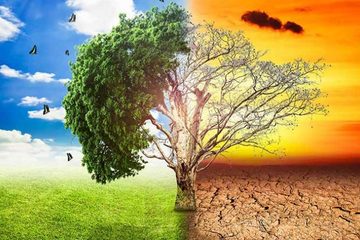We found 4 results that contain "earth"
Posted on: #iteachmsu

Navigating Context
Global Warming (Globalization)
Posted by:
Chathuri Super admin..

Posted on: #iteachmsu

Mapping the global threat of land subsidence
Posted by:
Chathuri Super admin..

Posted on 1: #iteachmsu

Mapping the global threat of land subsidence
Posted by:
Chathuri Super admin..

Posted on: #iteachmsu

Mapping the global threat of land subsidence
Posted by:
Chathuri Super admin..

Posted on 1: #iteachmsu

Mapping the global threat of land subsidence
Posted by:
Chathuri Super admin..

Posted on: #iteachmsu

Disciplinary Content
The causes, effects, and complexities of global warming are important to understand so that we can f
Authored by:
Vijayalaxmi Vishavnathkam Santosh Mali

Posted on 1: #iteachmsu

The causes, effects, and complexities of global warming are important to understand so that we can f
DISCIPLINARY CONTENT
Authored by:
Vijayalaxmi Vishavnathkam Santosh Mali

